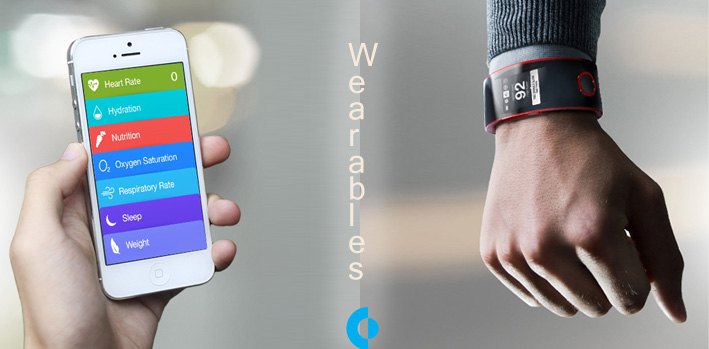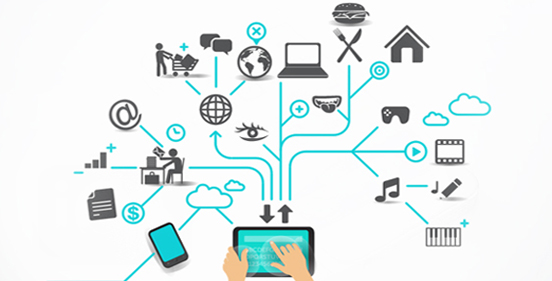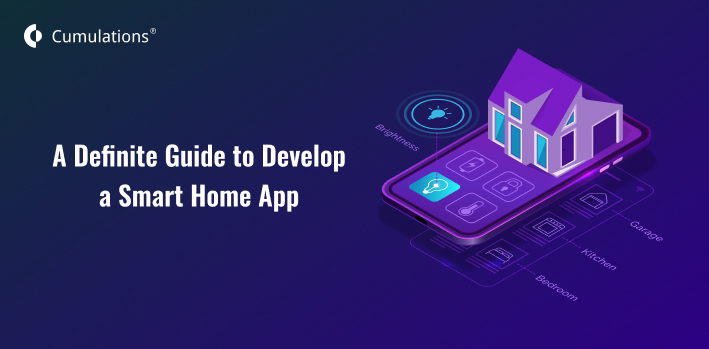
A few days ago we could hear something called mobile first approach everywhere as the number of mobile users increased drastically. All kind of businesses ranging from small business to enterprises desired to be online on mobile devices to satisfy their users. A study revealed that small businesses with mobile apps are saving more than 800 million man hours yearly. The internet connectivity is required to run most of the apps on mobile. Mobile is required to up and run anywhere anytime because it’s hand-held device and has become a part of our life. The actual challenge here is the internet connectivity. Mainly Asian and European countries suffer from lack of internet connectivity. The mobile apps are required to run offline to satisfy the customers. This approach is called offline-first approach. The developers and product managers have to rethink the strategies to deploy offline-first approach in their product considering the future requirement.
The booming yet promising hype in the tech industry is wearables. They seem to be the game changer in the tech industry. We can consider wearable technology as a successor to mobile technology. They are not like an additional device we hold, they are just like a part of our day today’s makeovers. Hence the name comes Internet of You.
We love to wear beautiful accessories, apparels. Just imagine they are not only fashionable yet they work like mobile or other devices. No need to carry any device or gadget externally. At this point we need smart wearables work even offline. The main application areas of wearables are fitness, sports, medical, lifestyle, gaming, and infotainment. By considering the application areas of wearables, it’s always better to go with the offline- first approach. Smart wearables can track something which mobile phones cannot track; to name few, biometric data tracking, real data tracking. This kind of data allows brands to target the right prospect. For an instance, you can offer customized health treatment package, when they are sick or a user can get notified about exclusive offers available when they pass by the store by using geo- located alerts.
All these salient features of smart wearables will lead to a foremost question: what about data privacy? How can any consumer report where they are, what are they doing and all about their day today life? It’s a huge data and privacy will be the top concern. The first thing is that wearables must operate with consents of law. It’s better to leave to the people to decide how comfortable they are with wearables.
A Euromonitor International report reveals that initial adoption of wearables is weak outside North America. During 2014-2016, the demand is expected to be increased in Western Europe and emerging markets like India. It also predicts that the global sales will reach almost 250 million units by 2018. Price is expected to decline, once it becomes the mainstream technology. Wearables are the magic we dreamed when we were kids. We look forward to the good, useful products to the desirable people to make their lives easy and more comfortable.


 +91-984-5825982 | +91-996-4689921
+91-984-5825982 | +91-996-4689921 sales@cumulations.com
sales@cumulations.com Send your requirement
Send your requirement 



